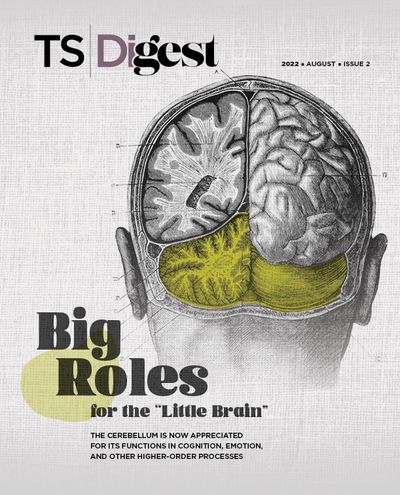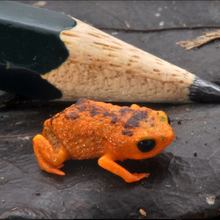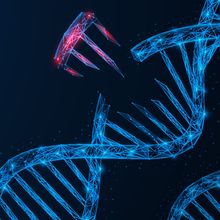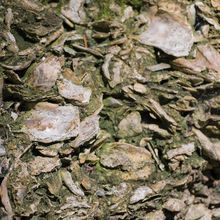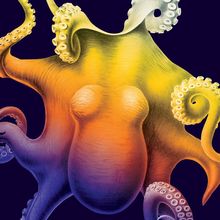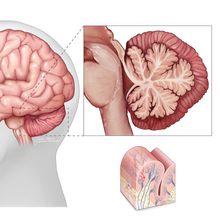Login
SubscribeAugust 2022, Issue 2 Table of Contents
Feature
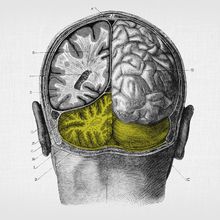
The Cerebellum’s Functions in Cognition, Emotion, and More
Diana Kwon | Aug 15, 2022 | 10+ min read
Once thought of as a mere motor coordination center, the “little brain” is now appreciated as participating in higher neurological processes.
Freeze Frame
Caught on Camera
Caught on Camera
See some of the coolest images recently featured by The Scientist
Modus Operandi
DNA Damage Viewed with Unprecedented Clarity
DNA Damage Viewed with Unprecedented Clarity
A new tool called PRISM draws on virus-host interactions and a DNA repair pathway to help researchers visualize how cellular stress may contribute to neurodegenerative disease.
Scientist to Watch
Humsa Venkatesh Probes Cancer’s Grip on the Brain
Humsa Venkatesh Probes Cancer’s Grip on the Brain
At Brigham and Women’s Hospital, the cancer biologist is combining research into the tumor microenvironment with the principles of neuroscience to tease apart how cancers grow—and how to stop them.
Notebook
Why Did Ferns Persist When All Other Plants Perished?
Why Did Ferns Persist When All Other Plants Perished?
A strange layer in the fossil record contains evidence that fern populations exploded following the mass extinction that ended the Cretaceous period. Scientists want to know why.
Scientists Use Sound to Attract Baby Oysters Back to the Reef
Scientists Use Sound to Attract Baby Oysters Back to the Reef
Meet the team trying to restore mollusk populations with the help of underwater speakers.
Reading Frames
Opinion: Animal Dreaming Should Give Us Ethical Pause
Opinion: Animal Dreaming Should Give Us Ethical Pause
Research shows that humans aren’t the only animals whose imaginations run wild while they sleep.
Infographics
Infographic: DNA Damage Viewed with Unprecedented Clarity
Infographic: DNA Damage Viewed with Unprecedented Clarity
A new genetic sensor called PRISM makes use of a host cell’s DNA replication machinery to trigger fluorescence in neurons with damaged DNA.
Infographic: The Cerebellum’s Many Roles Beyond Motor Control
Infographic: The Cerebellum’s Many Roles Beyond Motor Control
Researchers have discovered that the small structure is involved in language, emotion, and many other high-order brain processes.
